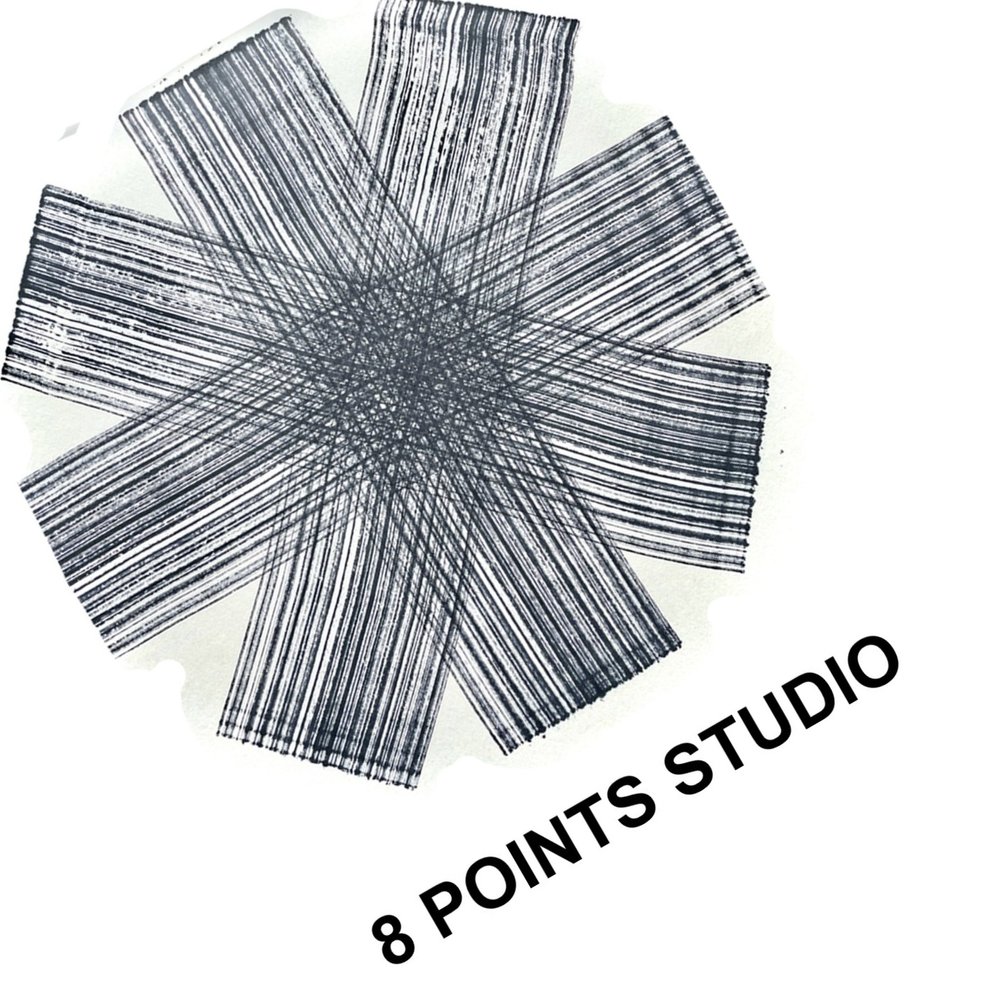notes on Floating World, on view at The Teaching Gallery at Hudson Valley Community College September 15 - October 22, 2016
Palettes of The United Nations
I thought of this show a little bit like the United Nations, in that I’ve been entertaining the notion that if I could get conflicting attitudes about painting to coexist in the same body of work, they might suggest a state of reconciliation that would, perhaps, bode well for us collectively.
With this in mind I set out to include all the influences that felt most relevant to me right now: comic books, cliffhangers, painter’s palettes, rebuses, yantras, the floating world, and 19th century romantic landscape painting. that’s a lot to pack in, but there’s a reason for this excess, which I hope to get to later.
Here's an image of how I conceived the show: these are post it notes attached to sono tubes, (which are building tubes for constructing houses, and are also used for shipping paintings). the post-its are like throw away thoughts, and were a way to literally build the show conceptually.
Human Resource Department, 2016
Cliffhangers
When I was first putting Floating World together I was originally going to call the show Cliffhangers. For one, I thought it would be funny, because no one is really too concerned or panicky about the fate of a particular painting, or Painting in General. Unless you happen to be a painter, in which case you know the relative importance of every mark or brush stroke. Then you understand the razor’s edge of decision making in painting, knowing, for example, that every color applied will alter the existing colors on the canvas, and every mark will show up the pre existing ones as true or false moments.
This seems to be a moment in political and cultural history in which we've collectively become familiar with the idea of disaster. And yet there is an ongoing sense of unreality; the media is more akin to reality television, with a constant Cliffhanger quality to the news. The emotional undertone of the paintings in Floating World is my way of responding to daily news that is impossible to digest.
One of the themes I obsess about at this moment has to do with the way we make disaster cute, or palatable, in order to get on with our lives. Back in 2011 when Fukushima became a household word, I remember wondering how I could celebrate my 40th birthday in light of the news, which had occurred within the same week. Five years later I’m still wondering about this phenomenon. Fukushima, Mon Amour, one of the darkest paintings thematically speaking, has the brightest colors.
Fukushima, Mon Amour, 2016 with Students from HVCC
Of more interest to us as painters, there is the notion of what I think of as the cliffhanger within the painting process: that moment which occurs whenever a flat shape meets up with another shape, and a kind of visual falling off occurs: you reach the edge of one space and hit the edge of another, with no transition. If you’re trying to describe continuous space, but can’t summon the ability to pull it off that day, for whatever reason, then you know this moment. Then there is the deliberate act of creating discontinuous space, of reminding the viewer that they are, after all, looking at a flat image, which is something painters have been doing for a long time. I’ve come to think of these moments, in which you seem to reach the edge of an idea, as Cliffhangers.


